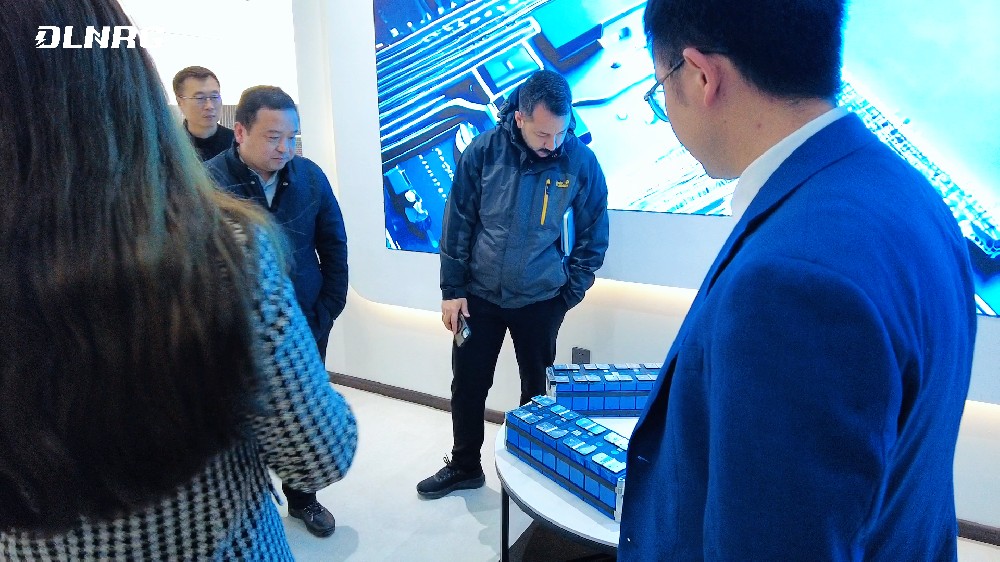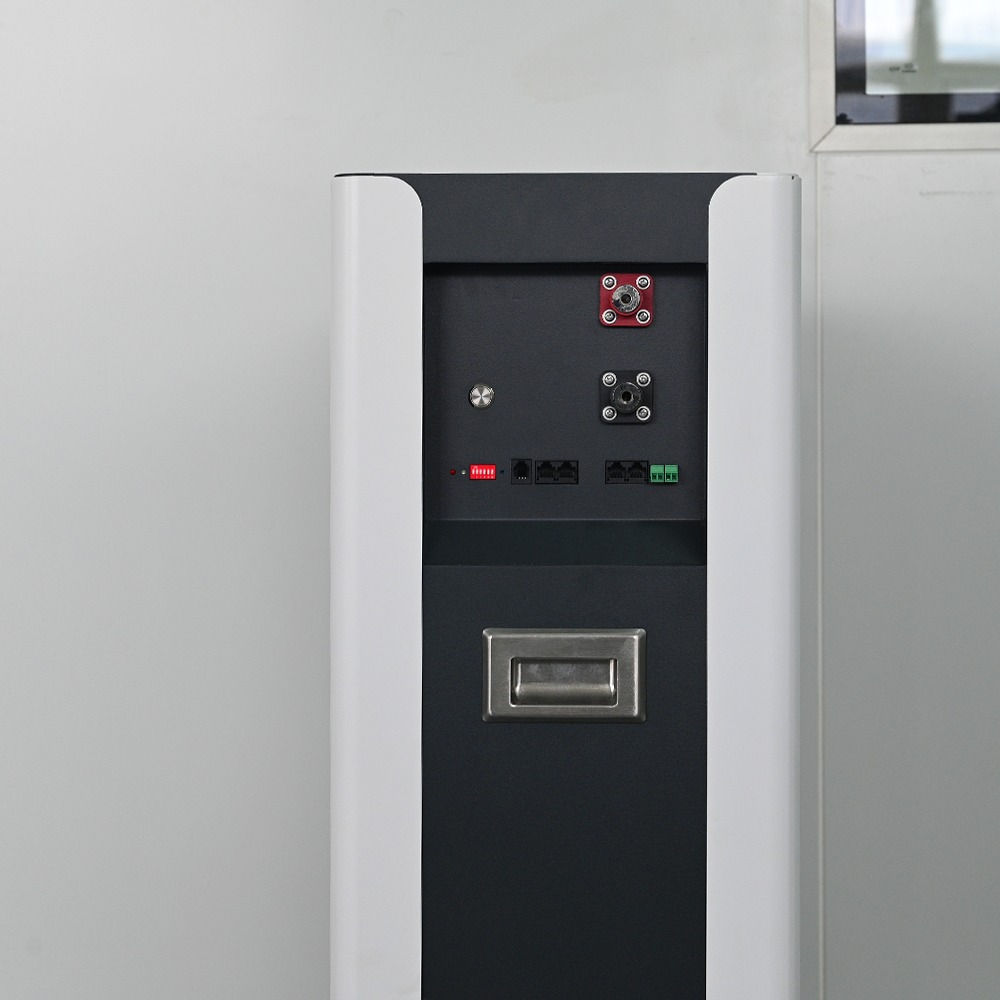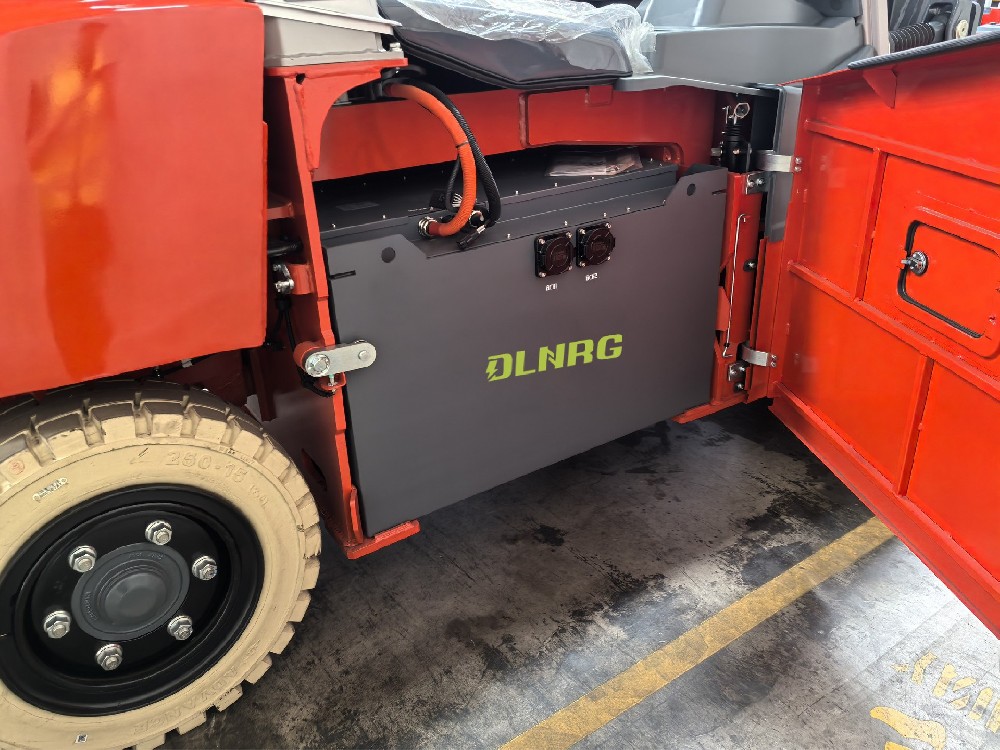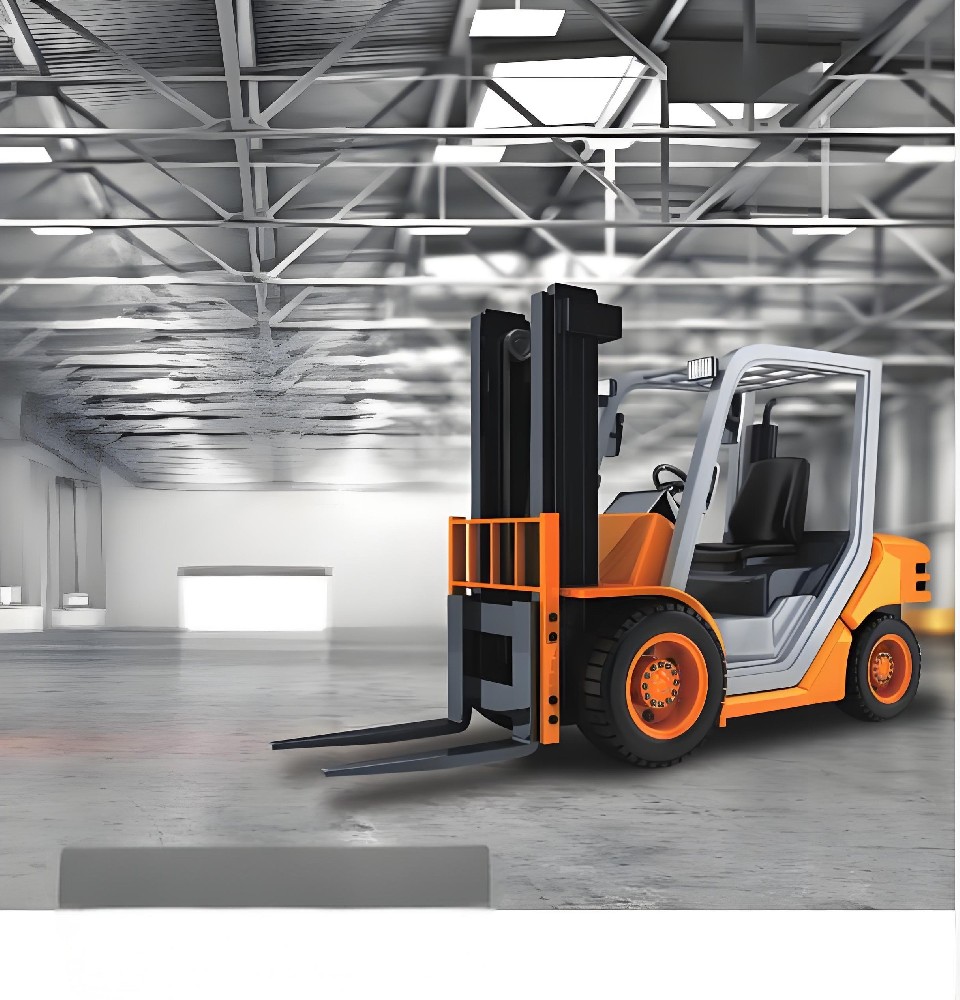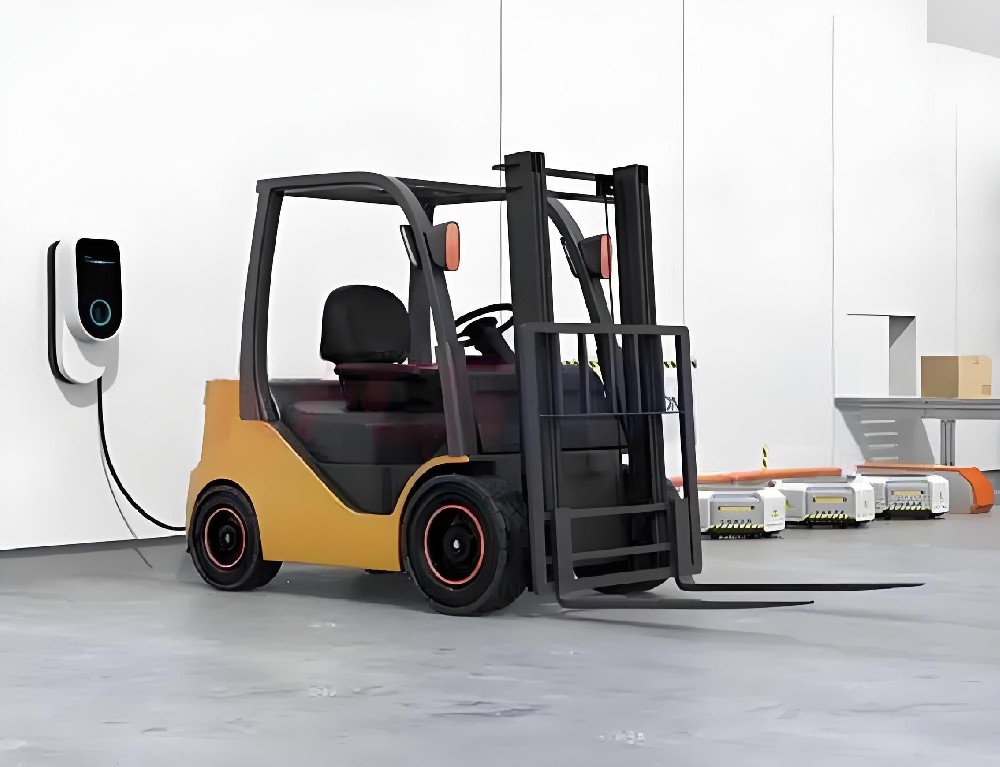This article details the multi-CAN (Controller Area Network) communication protocol between the battery management system (BMS) and the host vehicle, charger, other external connected devices and battery components. The following is a summary and explanation of the content of the article:
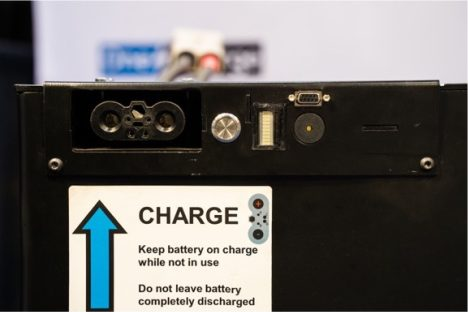
I. Definition and Application of CAN
Definition: CAN stands for Controller Area Network, which is a communication protocol widely used in industries ranging from automotive to industrial control.
Application: In battery management systems, CAN is used to connect BMS with various electronic components such as battery sensors, forklift controllers and indicators to achieve real-time transmission and sharing of data.
II. Application of CAN in Forklift BMS
Real-time communication: CAN allows real-time communication between various components of the forklift battery, truck and charger system, which is essential to ensure safe and efficient operation of the forklift.
Data monitoring: The BMS monitors key parameters such as the battery's state of charge, temperature, voltage, etc. through CAN, and sends this information to the forklift controller to adjust the forklift's power output and performance.
Improved reliability: CAN can enhance protection against noise and errors, improve the reliability of the battery system, extend battery cycle life, reduce downtime, and reduce the possibility of system failure.
3. Quantity and configuration of CAN used in BMS
Quantity: The BMS can use one or more CANs to connect to different electronic components and devices. Some batteries have only one CAN to connect to the truck, while other batteries may have two or more parallel CAN connections, such as one to the forklift and another to the charger.
Configuration: In advanced forklift batteries, there may be multiple CAN connections as part of their BMS to connect the battery, truck, charger, and all the internal components and components of the battery pack itself.
4. The role of CAN gateway
Definition: Two or more CAN networks can communicate with each other within the BMS using a CAN gateway.
Function: The CAN gateway acts like a bridge between two or more different CANs, and it uses rules created by the system designer to convert messages from one CAN to another in a compatible format.
5. BMS functions to consider when selecting a forklift battery
Monitoring and control functions: Includes the ability to adjust the charge rate or discharge rate, and the ability to monitor the temperature, charge, and voltage of the battery.
Charger parameters and settings: such as battery compatibility, voltage, energy throughput, charging rate, etc.
Value: When evaluating the cost-value trade-off, the BMS feature set, performance, reliability and other relevant factors should be considered.
Data capabilities: including Wi-Fi and cellular options for connecting to central routers and cloud databases, remote troubleshooting and diagnostics, and data presentation in the user interface.
VI. Examples of forklift models with CAN connectivity
Toyota forklifts: use CAN to connect electronic components such as the engine control unit and transmission control unit.
Hyster forklifts: use CAN to connect electronic components such as the engine control unit, transmission control unit, and steering system.
Caterpillar forklifts: also use CAN to connect engine control units, transmission control units, and steering systems.
Linde forklifts: also use CAN to connect various electronic components such as engine control units, transmission control units, and steering systems.
In summary, the CAN communication protocol plays a vital role in the battery management system (BMS). It enables real-time communication and data sharing between the BMS and various electronic components, improving the reliability and performance of the battery system. When choosing a forklift battery, key features such as the BMS’s CAN connection and communication protocol should be fully considered.
